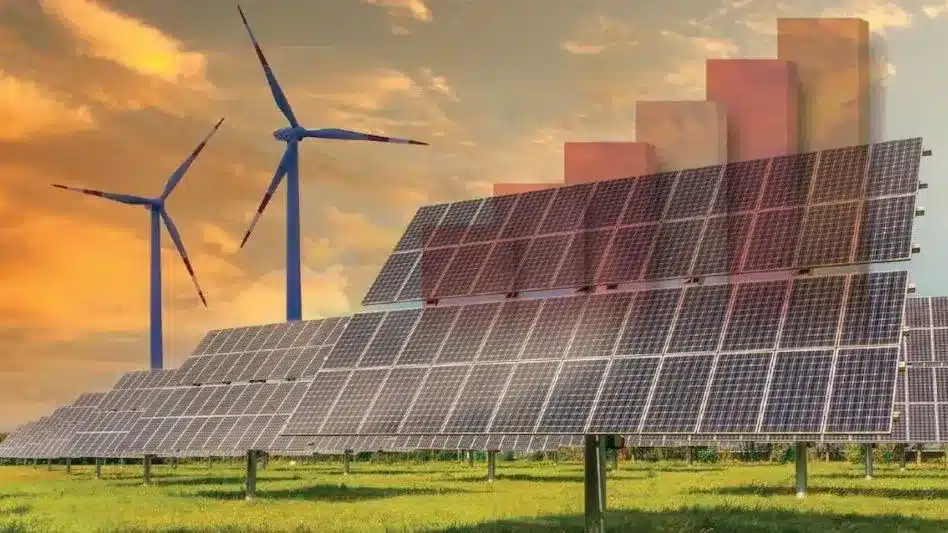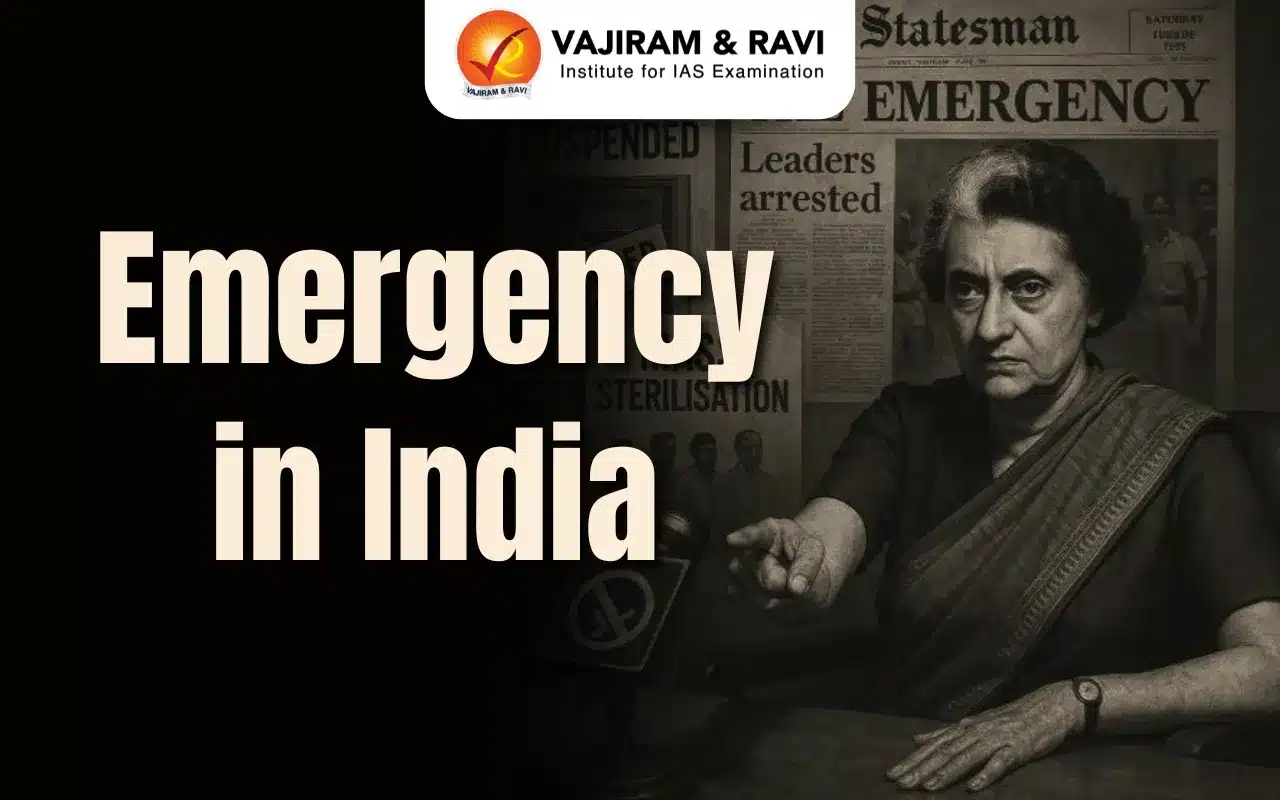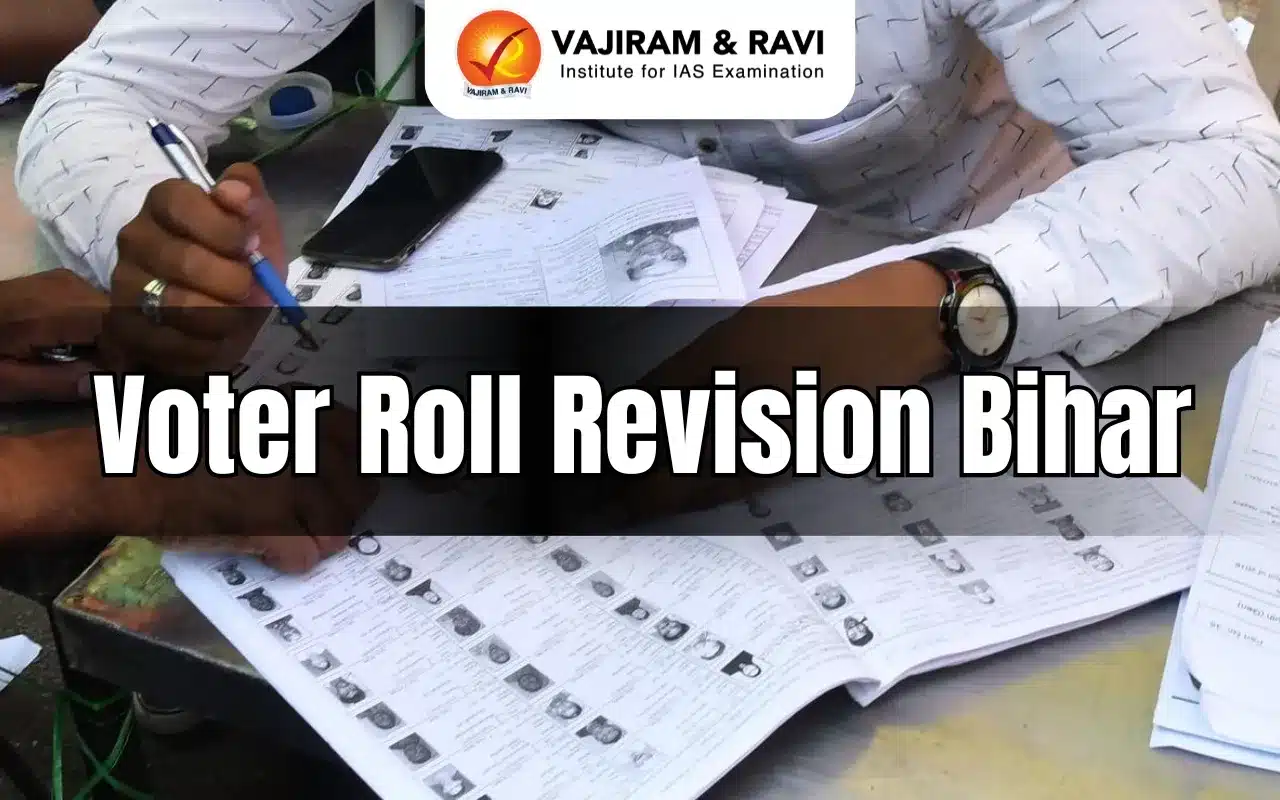What’s in today’s article?
- Why in News?
- Renewable Energy Installed Capacity in India
- Growth of Renewable Energy Installed Capacity in India
- Key Growth Drivers of Renewable Energy in India
- About the RE-INVEST 2024
- Government Initiatives/ Achievements in the Green Energy Sector Highlighted by the PM at the RE-INVEST 2024
Why in News?
- At the 4th Global Renewable Energy Investors Meet and Expo (RE-INVEST 2024) in Gandhinagar, the PM declared that India’s solar revolution story will be painted in gold when the history of the 21st century is written.
- This is because installed solar energy capacity in India has increased by 30 times in the last 9 years reaching 89.43 GW (as of August 2024).
- The PM also highlighted that the government has taken many big decisions in the green energy sector.
Renewable Energy Installed Capacity in India:
- As of August 2024, Renewable Energy (RE) sources (including large hydropower) have a combined installed capacity of 199.52 GW.
- The following is the installed capacity for Renewables:
- Wind power: 47.19 GW
- Solar Power: 89.43 GW
- Biomass/Cogeneration: 10.35 GW
- Small Hydro Power: 5.07 GW
- Waste To Energy: 0.60 GW
- Large Hydro: 46.92 GW
- As per REN21 Renewables 2024 Global Status Report, India stands 4th globally in RE installed capacity (including large hydro), 4th in Wind Power capacity and 5th in Solar Power capacity.
Growth of Renewable Energy Installed Capacity in India:
- India’s installed non-fossil fuel capacity has increased 396%in the last 8.5 years and stands at more than 207.76 GW (including large hydro and nuclear), which is about 46% of the country’s total capacity.
- The country has set an enhanced target at the UNFCCC’s COP26 (Glasgow, 2021) of 500 GW of non-fossil fuel-based energy by 2030 – the world’s largest expansion plan in renewable energy under the Panchamrit pledge.
Key Growth Drivers of Renewable Energy in India:
- Government commitments:
- Reduce India’s total projected carbon emission by 1 Bn tonnes by 2030,
- Reduce the carbon intensity of the nation’s economy by less than 45% by the end of the decade, and
- Achieve net-zero carbon emissions by 2070.
- Proposed solar cities and parks:
- The government approved solar city per state and the setting up of 57 solar parks of 39.28 GW capacity across the nation.
- The government is also giving a push to Floating PV Projects.
- National Green Hydrogen Mission: The government launched the mission with an aim to produce 5 million metric tonne (MMT) green hydrogen per annum with an associated renewable energy capacity of about 125 GW by 2030.
- Off-shore Wind Energy: The medium and long-term targets for off-shore wind power capacity additions are 5 GW by 2022 and 30 GW by 2030.
- Wind-Solar Hybrid Policy: In 2018, national policy was announced to promote an extensive grid-connected wind-solar PV hybrid system for efficiently utilising transmission infrastructure and land.
- AatmaNirbhar Bharat: The PLI scheme in Solar PV manufacturing was introduced under AatmaNirbhar Bharat.
- Promoting FDI: Up to 100% FDI is allowed under the automatic route for renewable energy generation and distribution projects subject to provisions of the Electricity Act 2003.
- Union Budget 2024 Highlights:
- The Centrally Sponsored Scheme for Solar Power (Grid) has been allocated INR 10,000 Cr.
- PM-Surya Ghar Muft Bijli Yojana has been allocated INR 6,250 Cr. Under this scheme, the government provides funds and helps in installation of solar rooftops in every household.
- Exemption of Basic Customs Duty (BCD) on imports of 25 critical minerals important for the renewable energy sectors has also been announced.
About the RE-INVEST 2024:
- Organised by the Ministry of New and Renewable Energy (MNRE), Government of India, RE-Invest is a global platform bringing together key players in the renewable energy sector.
- The conference will delve into the future of energy, exploring trends, technologies, and policies shaping the global renewable energy landscape and help in achieving UN SDGs 7 and 13.
- This unique platform will foster collaboration, knowledge sharing, and investment opportunities to advance India’s renewable energy goals.
Government Initiatives/ Achievements in the Green Energy Sector Highlighted by the PM at the RE-INVEST 2024:
- A new Bio E3 (Biotechnology for Economy, Environment, and Employment) policy has been approved for promoting high performance bio manufacturing.
- For offshore wind energy projects, a viability gap funding scheme has been approved with an outlay of ₹Rs 7000 crore.
- The Union government has set aside a ₹1 trillion research fund for taking several initiatives for electric mobility and high-performance bio manufacturing.
- India is the first G-20 country to meet climate commitments made in Paris nine years before the deadline.
Q.1. What are Floating PV Projects?
Floating solar involves installing solar panels on floating structures situated on water bodies such as lakes, reservoirs, and ponds. This not only utilizes otherwise unused water surfaces but also enhances the efficiency of the solar panels due to the cooling effect of water.
Q.2. What are UN SDGs 7 and 13?
The United Nations’ Sustainable Development Goals (SDGs) 7 and 13 are – SDG 7: Affordable and Clean Energy, SDG 13: Climate Action. These two goals are closely related and complementary.
Last updated on June, 2025
→ UPSC Notification 2025 was released on 22nd January 2025.
→ UPSC Prelims Result 2025 is out now for the CSE held on 25 May 2025.
→ UPSC Prelims Question Paper 2025 and Unofficial Prelims Answer Key 2025 are available now.
→ UPSC Calendar 2026 is released on 15th May, 2025.
→ The UPSC Vacancy 2025 were released 1129, out of which 979 were for UPSC CSE and remaining 150 are for UPSC IFoS.
→ UPSC Mains 2025 will be conducted on 22nd August 2025.
→ UPSC Prelims 2026 will be conducted on 24th May, 2026 & UPSC Mains 2026 will be conducted on 21st August 2026.
→ The UPSC Selection Process is of 3 stages-Prelims, Mains and Interview.
→ UPSC Result 2024 is released with latest UPSC Marksheet 2024. Check Now!
→ UPSC Toppers List 2024 is released now. Shakti Dubey is UPSC AIR 1 2024 Topper.
→ Also check Best IAS Coaching in Delhi












